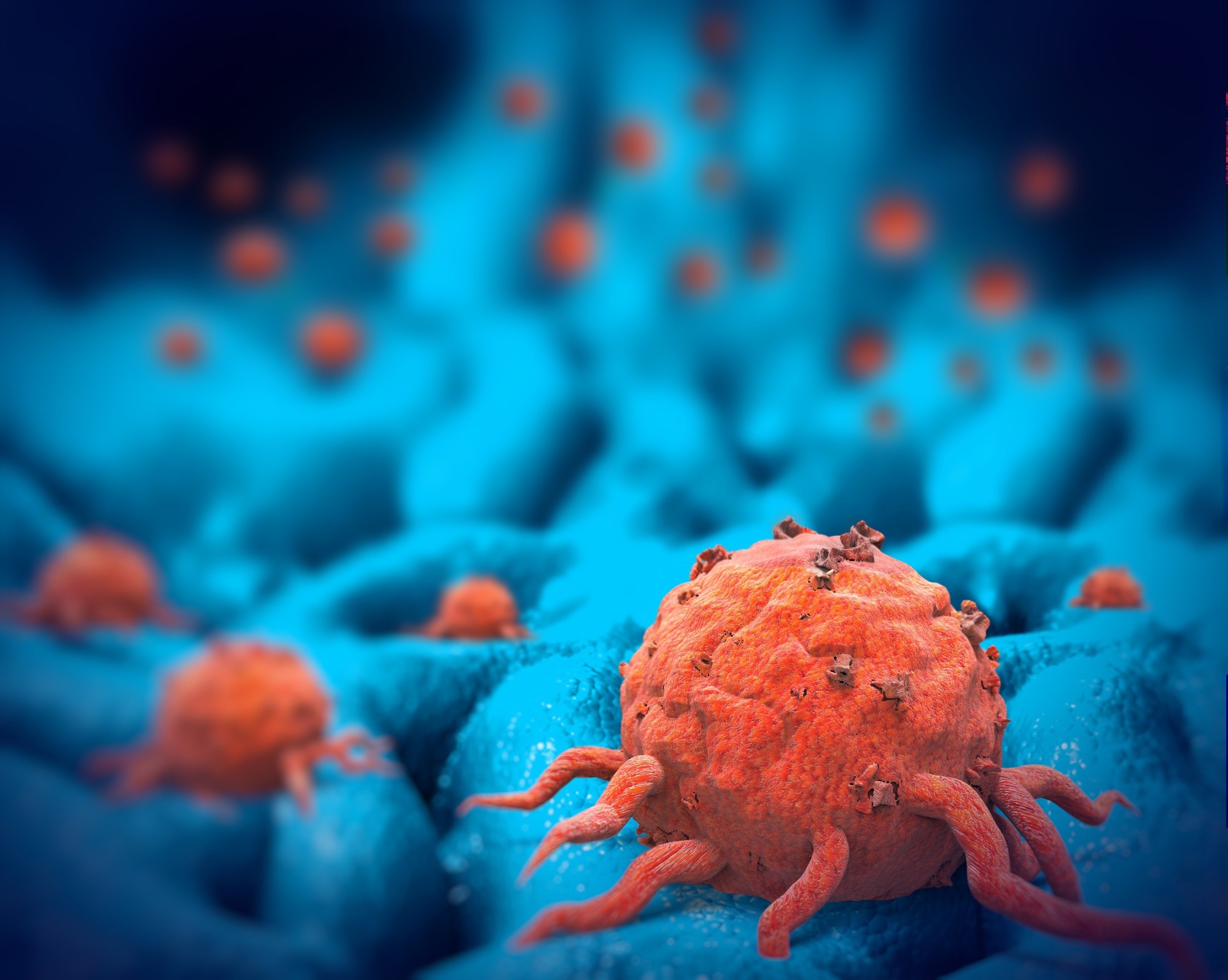Acknowledging which cells lend credence to which regions of cancer can help us better understand how a tumor has expanded and developed over time, such as how it has altered genetically.

Image Credit: Giovanni Cancemi/Shutterstock.com
This was made possible by a new technique known as spatial transcriptomics, which enables scientists to see what genetic changes occur without splitting up the tissue under study. This adds a new dimension that researchers can now use to determine which cells have mutated and where within an organ ecosystem.
Current methods for investigating the genetics of cells within tumors include collecting a sample from the cancerous area and evaluating the DNA of those cells. The issue is that many cancers, like prostate cancer, are three-dimensional, meaning that any single sample would only provide a sliver of the tumor.
The scientists used spatial transcriptomics to generate a cross-sectional map of a whole prostate, such as regions of cancerous and healthy cells, in a new study published in Nature and funded by Cancer Research UK. They were astonished to discover regions of apparently healthy tissue with many of the genetic characteristics of cancer after grouping cells based on similar genetic identities.
This discovery was surprising due to both the genetic variability within the tissue and the large number of cells that would normally be regarded as healthy but incorporated mutations typically associated with cancerous cells.
Alastair Lamb of Oxford’s Nuffield Department of Surgical Sciences, who jointly led the study, said, “Prostate tissue is three-dimensional, and like most organs that can develop cancer we still have much to learn about what cellular changes cause cancer and where it starts. One thing we are fairly confident of is that it starts with genetic mutations.”
We have never had this level of resolution available before, and this new approach revealed some surprising results. For example, we have found that many of the copy number events we previously thought to be linked specifically to cancer are actually already present in benign tissue. This has big implications for diagnosis and also potentially for deciding which bits of cancer need treating.”
Alastair Lamb, Nuffield Department of Surgical Sciences, Oxford University
Professor Joakim Lundeberg of KTH Royal Institute of Technology, said, “Mapping thousands of tissue regions in a single experiment is an unprecedented approach to deconvolute the heterogeneity of tumors and their microenvironment. This high-resolution view impacts our way of addressing complex ecosystems such as cancer. The possibility to identify early events is particularly exciting going forward.”
Furthermore, the researchers examined over 150,000 regions in three prostates, two breast cancers, some skin, a lymph node, and some brain tissue, and created an algorithm to detect groups of cells with related genetic changes—clones—in their exact location. This method allowed them to zoom in from visible tissue via microscopic multicellular structures and into the genes themselves while maintaining control over the entire tissue landscape.
Source:
Journal reference:
Erickson, A., et al. (2022) Spatially resolved clonal copy number alterations in benign and malignant tissue. Nature. doi.org/10.1038/s41586-022-05023-2.